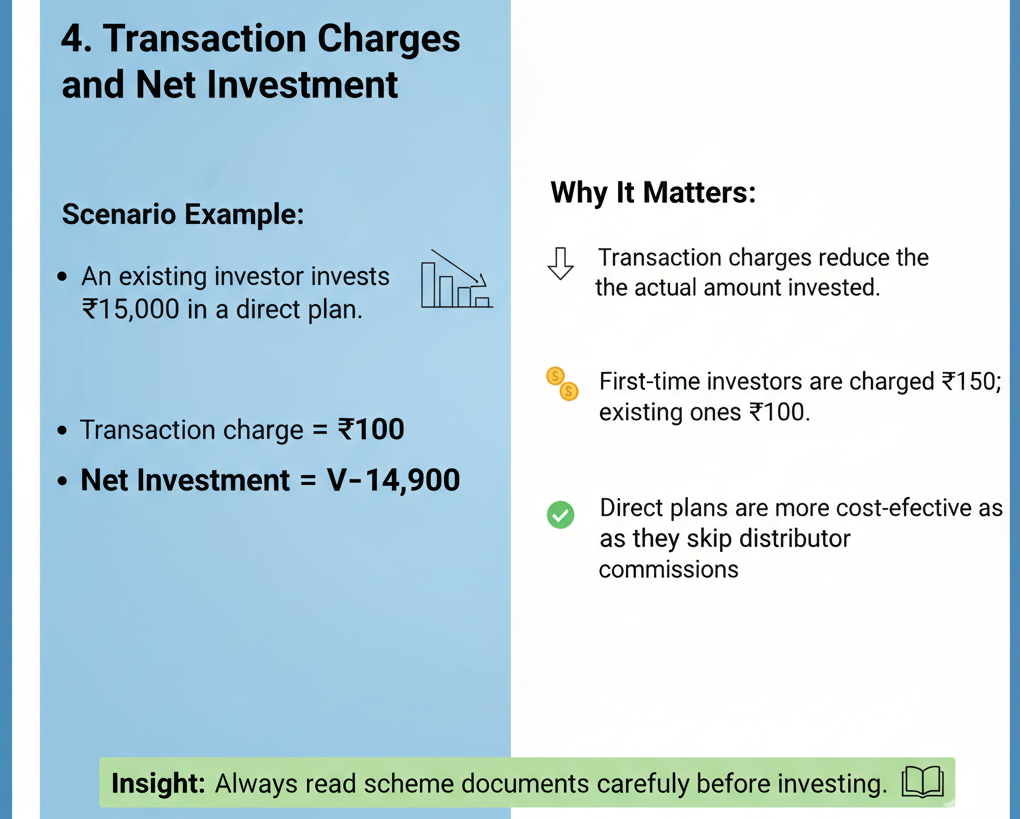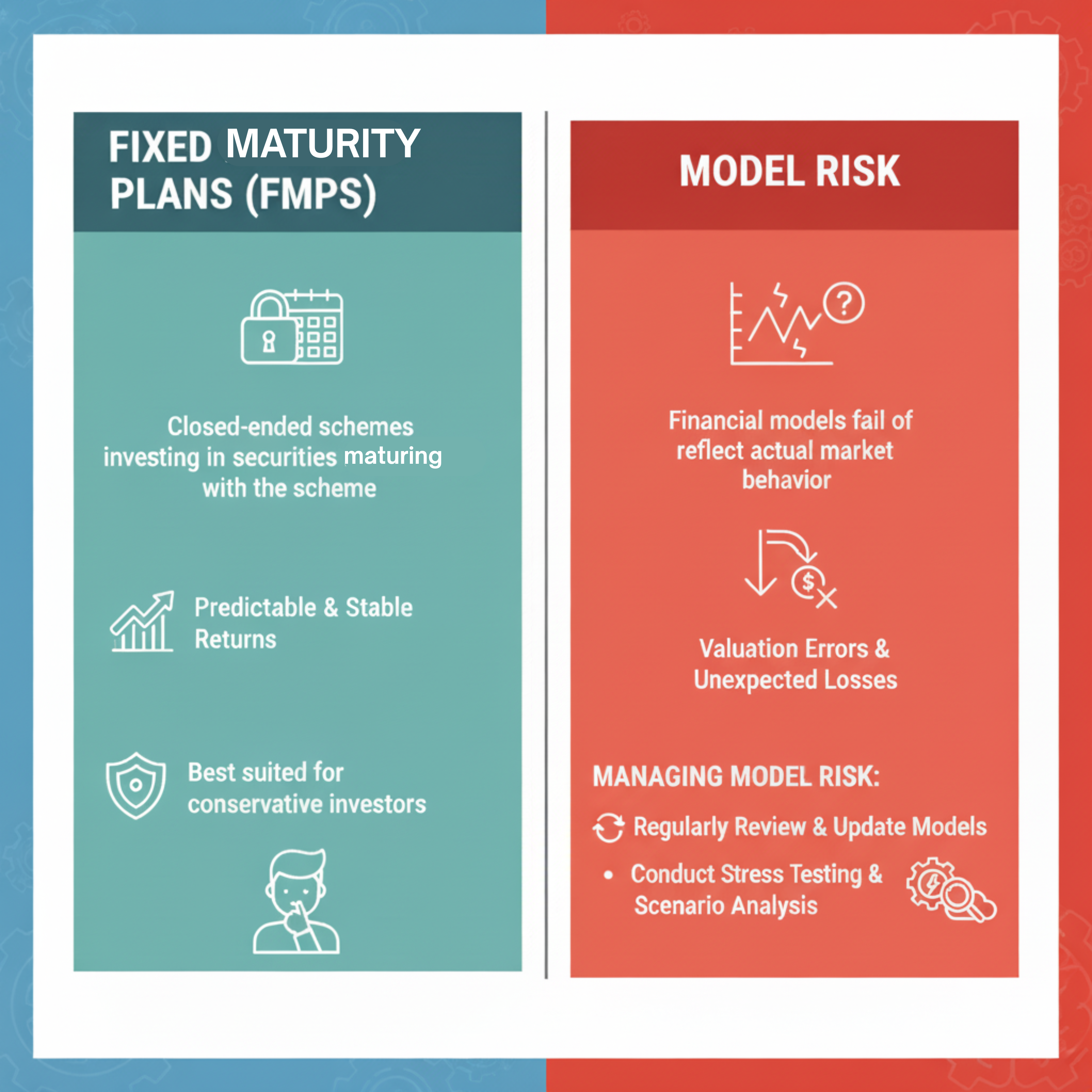Overview:
Mock tests are essential for bridging the gap between theoretical learning and practical understanding in financial education.
Why They Matter:
- Simulate the actual NISM Mutual Fund Distributor Exam environment.
- Help students build confidence, accuracy, and time management.
- Identify weak areas and strengthen conceptual clarity.
Tip: Take every mock test seriously and review your mistakes before attempting the final certification exam.
2. Behavioral Biases and Their Role in Investment Decisions
Concept:
Behavioral finance studies how psychology influences financial decisions.
Example – Optimism Bias:
- Investors often overestimate their skills and underestimate risks.
- Leads to overconfidence and frequent trading.
- Example: Believing that one good investment guarantees future profits.
Key Learnings:
- Recognize biases to make rational, data-based decisions.
Learn about other biases like anchoring, loss aversion, and confirmation bias.
3. Personality and Investment Patterns
Concept:
Investment behavior varies based on individual personality, financial goals, and emotional control.
Examples:
- Conservative investors prefer debt funds for stability.
- Aggressive investors choose equity funds for higher returns.
Exam Relevance:
The NISM exam often includes questions on investor behavior, making this a must-study topic.

4. Transaction Charges and Net Investment
Scenario Example:
An existing investor invests ₹15,000 in a direct plan.
- Transaction charge = ₹100
- Net Investment = ₹14,900
Why It Matters:
- Transaction charges reduce the actual amount invested.
- First-time investors are charged ₹150; existing ones ₹100.
- Direct plans are more cost-effective as they skip distributor commissions.
Insight: Always read scheme documents carefully before investing.
5. Exit Loads and Redemption Conditions
Definition:
An exit load is a fee charged for redeeming mutual fund units before a certain period.
Purpose:
- Discourages short-term withdrawals.
- Protects long-term investors.
Key Points:
- Distributors must consider exit loads before recommending redemptions.
- Ignoring or misguiding on exit loads is an unethical practice.
Takeaway: Awareness of exit loads helps in better investment timing and decision-making.

6. Fixed Maturity Plans (FMPs) and Model Risk
Fixed Maturity Plans (FMPs):
- Closed-ended schemes investing in securities maturing with the scheme.
- Offer predictable and stable returns.
- Best suited for conservative investors.
Model Risk:
- Arises when financial models fail to reflect actual market behavior.
- Can lead to valuation errors and unexpected losses.
Managing Model Risk:
- Regularly review and update models.
- Conduct stress testing and scenario analysis.

Understanding Liquidity:
Liquidity indicates how quickly an investment can be converted into cash without significant loss.
Comparison Table:
| Investment Type | Lock-in Period | Liquidity Level |
|---|
| Provident Fund | 15 years | Very Low |
| ELSS | 3 years | Moderate |
| Fixed Deposit | 1–5 years | Limited |
| Liquid Funds | 1 day | Very High |
Closed-Ended Funds:
- Cannot be purchased after the New Fund Offer (NFO) period.
- Can be traded on exchanges like BSE and NSE.
- Provide liquidity through the secondary market.
8. NAV, AMC Expenses, and Dormant Investors
Net Asset Value (NAV):
- Represents the per-unit value of a mutual fund.
- Redemption NAV is based on the date of redemption, not the claim date.
AMC Expenses:
- Include management, administrative, and distribution costs.
- Deducted before calculating NAV.
- Monitored by SEBI to ensure fairness.
Dormant Investors:
Accounts with no transactions for six months are marked dormant.
Monitoring prevents fraud and ensures compliance.

9. Scheme Information Document, Regulations, and Investor Rights
Scheme Information Document (SID):
- Explains fund objectives, risks, and policies.
- Must be updated annually as per SEBI regulations.
Stock Exchange Platforms:
- BSE Star MF and NSE MFSS enable online mutual fund transactions.
- Offer convenience, transparency, and no mandatory lock-in.
Regulatory Discipline:
- Intermediaries must follow the AMFI Code of Conduct.
- Violations can lead to license cancellation and SEBI action.
Investor Rights:
- Unit holders are true owners of the fund.
- Have rights to information, voting, and performance reports.
10. ETFs, SEBI’s Risk Framework, and Continuous Learning
Exchange Traded Funds (ETFs):
- Combine mutual fund diversification with stock-like flexibility.
- Traded in real-time on exchanges.
- Offer lower expense ratios and index-based returns.
SEBI’s Riskometer:
- Categorizes funds as Low, Moderately Low, Moderate, Moderately High, or High Risk.
- Helps investors choose schemes matching their risk appetite.
Conclusion:
Mock tests provide far more than exam preparation — they teach how mutual funds operate, how investor psychology works, and how regulations protect investors.
Final Thought:
Confidence in finance comes not from memorizing answers but from understanding the logic behind them.
Keep learning, practicing, and evolving into a skilled, ethical, and knowledgeable mutual fund professional.
